Logistics 4.0: How Machine Vision Products Help Build Logistics Automation
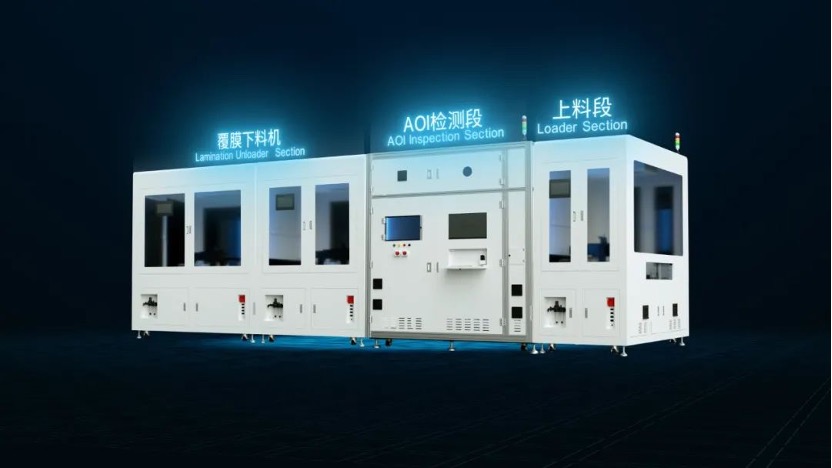

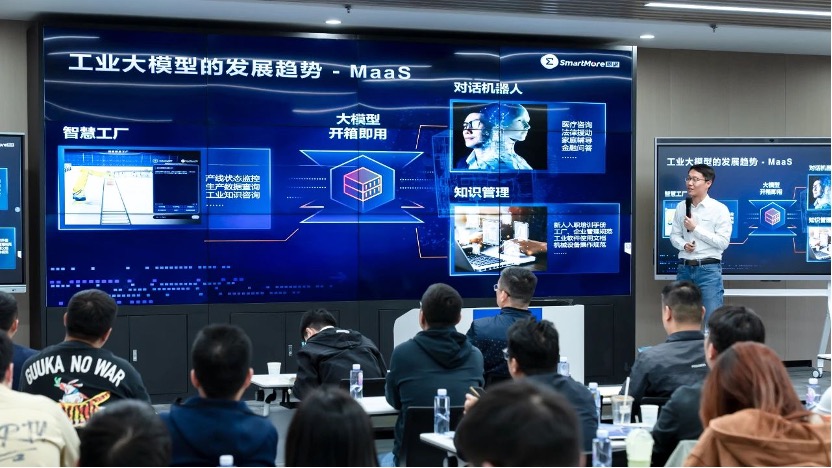




Over the past few years, the logistics industry has experienced momentous growth, driven by increasing global trade, e-commerce, and high-tech advancements. As reported, the global logistics industry is expected to grow at a 6.3% CAGR from 2023-2028, reaching a value of over USD 14.37 trillion, up from USD 9.96 trillion in 2023.
This progression can be attributed to rising demand for same-day and next-day deliveries, expanding global trade routes, and the growing importance of reverse logistics. On the other hand, this rapid expansion has equally put immense pressure on the logistics industry to increase efficiency and throughput to meet the growing consumer expectations.
In response to these challenges, the logistics industry has invested heavily in automating and upgrading its logistic storing and distributing processes. Advanced technologies such as warehouse automation systems, robotics, and other solutions driven by machine vision products are being implemented to streamline operations.
The logistics industry's supply chain consists of interconnected processes that ensure the efficient flow of goods from suppliers to end consumers. The processes include goods receiving, preparation for storage, storage, retrieval, and delivery – each stage ensures the timely and accurate delivery of products, thereby maintaining customer satisfaction and fostering business growth.
Keep in mind that visual analysis and logistics automation powered by machine vision products could be helpful in meeting the objectives and requirements at each step.
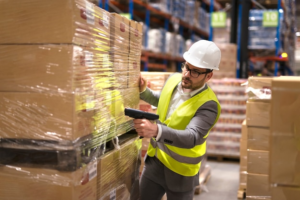
Let's have a look at how the following machine vision products play their roles in meeting the needs for visual analysis and automation in the logistics supply chains:
A barcode reader is a key machine vision product in supply chains for accurate identification, tracking, and data collection. It employs advanced optical and digital image processing techniques to scan and decode linear or 2D package barcodes. The core components of a barcode reader include a light source, a lens system, a photoelectric detector, and a decoder module.
The light source illuminates the barcode, and the lens system focuses the reflected light onto the photoelectric detector, which captures the image and converts it into an electrical signal. The decoder module processes the electrical signal, interprets the barcode's symbology, and outputs the encoded data to a connected system. At the same time, the data is essential for inventory management, shipping, and traceability within the logistics supply chain.
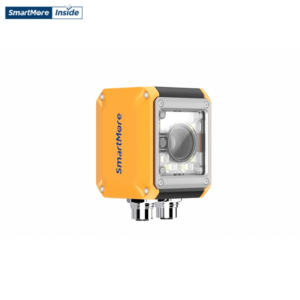
The inspection process can result in long shutdown times, posing a challenge for automotive manufacturers. When vehicles are taken off the assembly line for inspection, it can interrupt the production flow and create inefficiencies. Any issues discovered during the inspection may require additional time for rework or repair, further extending the shutdown period. For example, if a vehicle's paintwork is found to have flaws, it may need to be sent back for repainting, which causes delays in the production process and potentially impacts delivery times to customers.
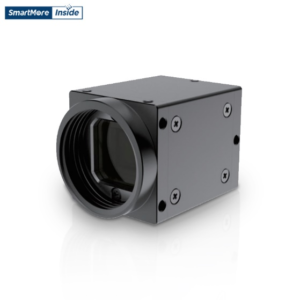
A smart machine vision system like SMore ViMo is an intelligent, self-contained solution for automated visual analysis in logistics supply chains. Fundamentally, it combines advanced image processing algorithms, machine learning techniques, and integrated hardware to perform object recognition, defect detection, and pose estimation tasks. The system typically consists of a high-resolution camera, an embedded processor, and specialized software, which enables it to process images and make real-time decisions without relying on external computers.
In logistics, smart machine vision systems can be used for tasks like automated sorting of packages, palletizing and depalletizing, and robotic guidance for loading and unloading operations, leading to increased efficiency and improved safety.

SmartMoreInside specializes in developing and manufacturing innovative, cost-effective solutions, including sensors, machine vision products, and control systems. With a strong focus on serving multiple industries such as quality inspection, factory digitalization & automation, logistics, traffic monitoring, and many more, SmartMoreInside continually expands its product lines and employs the latest technology in its manufacturing units to ensure the highest production standards. We have a global network of over 1000 employees and a commitment to innovation, which supports us in providing smarter manufacturing solutions for our worldwide customers, fostering growth and efficiency across various sectors.